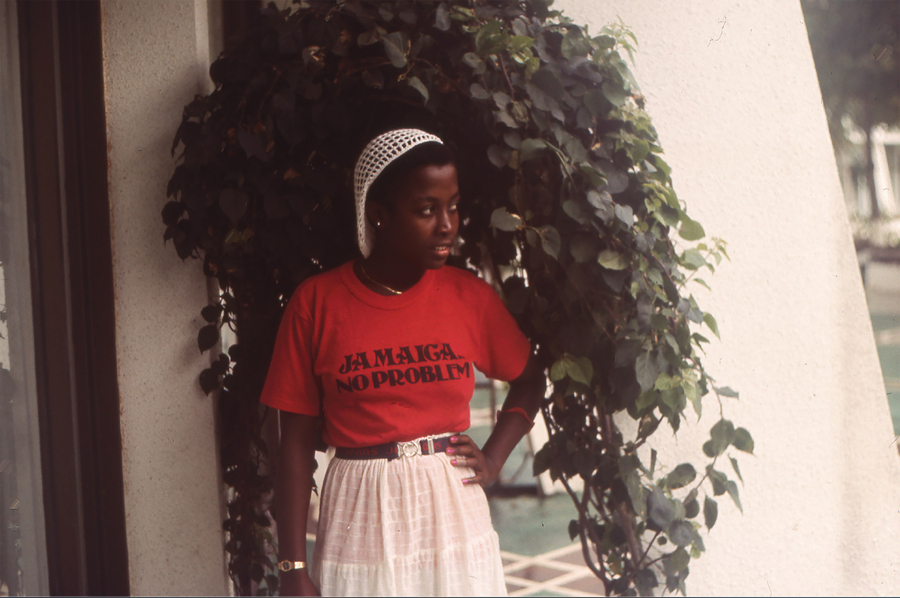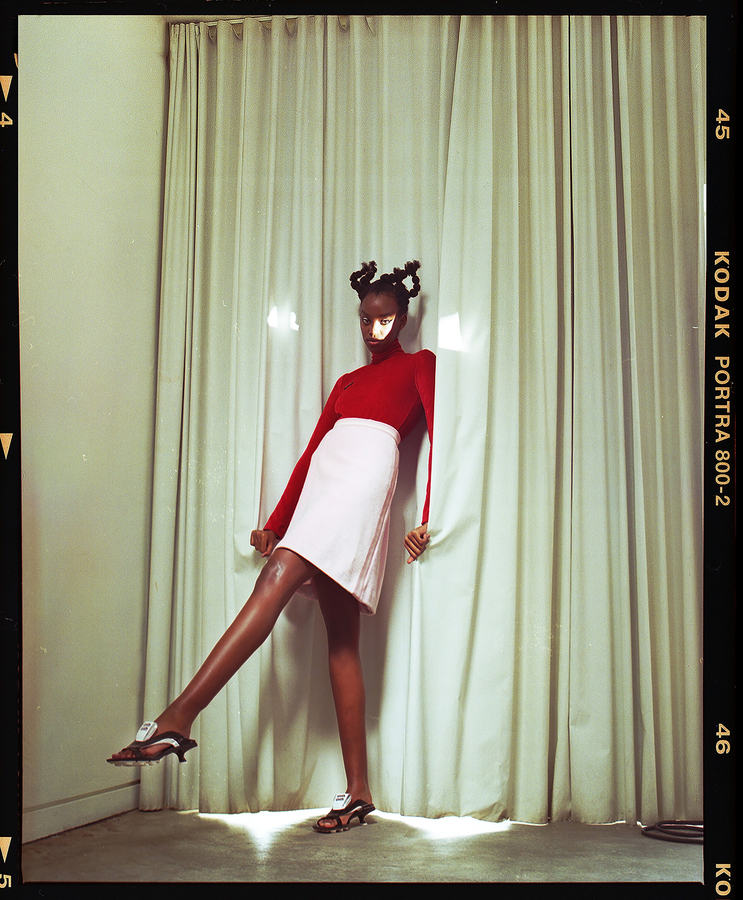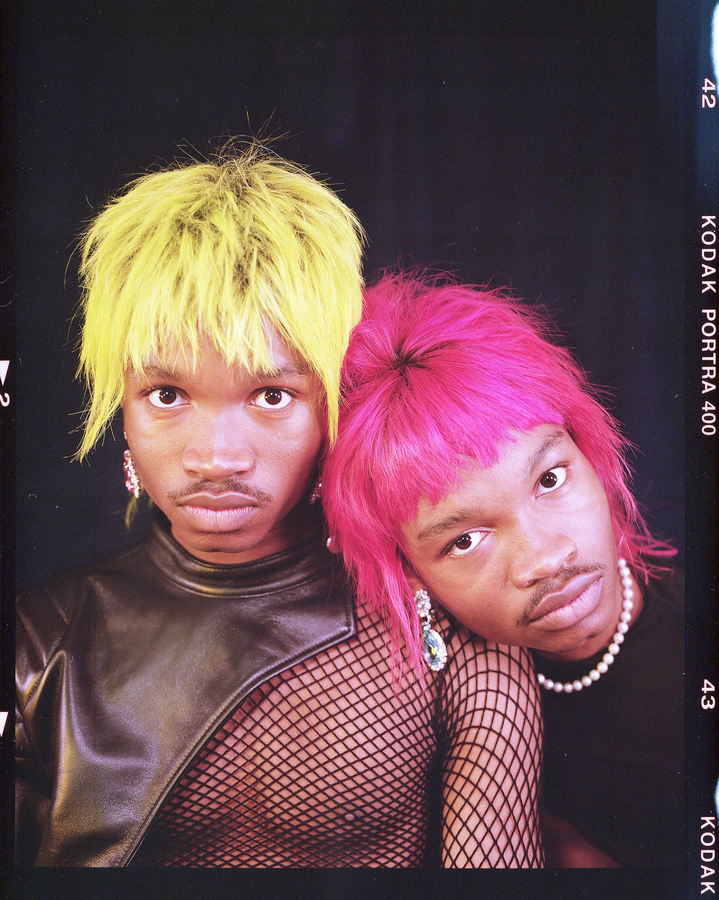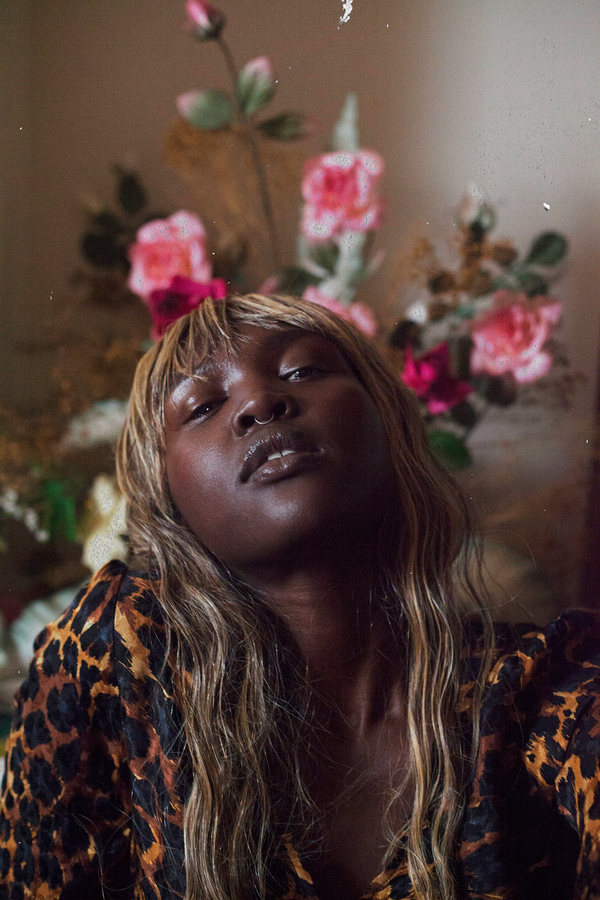Jorian Charlton Out of Many

In 2017, Toronto-based photographer Jorian Charlton received a collection of 35mm slides from her father for safekeeping. These images—his photographs from Jamaica, New York, and Toronto, taken between the late 1970s and the late 1980s—reveal the artist’s family lineage. Out of Many pairs Charlton’s photographic practice alongside her father’s images, creating an intergenerational dialogue that explores the family album in a contemporary context.

“For black folks, the camera provided a means to document a reality that could, if necessary, be packed, stored, moved from place to place. […] And, ultimately, these images, the world they recorded, could be hidden, to be discovered at another time.”
— bell hooks, “In Our Glory: Photography and Black Life,” in Art On My Mind: Visual Politics, 1995

When extracted from their original contexts, family photographs lend themselves to discussions around public and private histories, and the aestheticized photo album. In this exhibition, Charlton displays her father’s images in a space that evokes a living room—an intimate domestic space—within a public gallery setting. By doing so, she extends the personal to the wider Black community, and a broader cultural exchange. As feminist theorist bell hooks describes, the photographic medium plays a crucial role in representing Black life. What may come across as simple documentation of everyday moments also holds deeper political, social, and cultural resonances: the very acts of gathering, collecting, and preserving personal photographs safeguard their value and amplify their importance. Be it a photograph of young women sharing a laugh in the streets of Jamaica, or one of a Black band performing on a Caribana float in Toronto, personal and historical themes are intertwined with diasporic narratives, tapping into the lives and experiences of immigrant Jamaican communities in Canada and the United States.

Although anchored in the past, these slides—scanned and presented as prints, alongside other family snapshots—are not frozen in time. Their use of natural light and emphasis on style and self-fashioning link these images to Jorian’s own contemporary practice, which uses portraiture to provide visibility to individuals in her community. As vibrant reflections of Black individuality, her photographs emit warmth and tenderness; gestures that are echoed in the way she approaches her muses. Some of her sitters are stylish strangers she finds through Instagram, some are friends and creatives in their own right. Regardless of how she finds her subjects, each photograph represents the spirit of collaboration that fuels Charlton’s practice. Like many contemporary fashion and editorial photographers, the artist works actively with each sitter, offering little direction but feeding off the subject’s energy and movement in front of the camera. Each model has complete agency over their body, style, and posture.

Out of Many explores the fluidity of the immigration story, considers new ways of thinking about Jamaican-Canadian culture, and reimagines the family album through a contemporary lens. Together, these portraits from different times constitute a tangible archive of what was, what is, and what will become. Blurring the lines between past and present, this exhibition provides a visual representation of the connections between generations and a nuanced reflection of family and community.

Curated by Emilie Croning
Presented by the Art Gallery of Ontario in collaboration with Wedge Curatorial Projects and Gallery TPW
Jorian Charlton is a portrait photographer based in Toronto. Her work focuses on Jamaican-Canadian culture through her personal experiences, highlighting beauty and style when it comes to contemporary modes of Black representation. She pursues reflections of identity and diasporic relationships to homeland, while her poetic approach to these themes characterizes her method of visual storytelling.